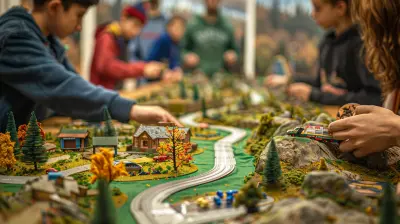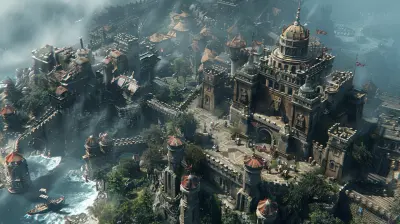Why Open World Cities Are Becoming More Lifelike Every Year
6 May 2025
Have you ever been wandering through an open-world game, only to stop and think, "Wait, why does this feel so real?" Open-world cities in games are evolving at an insane rate, and honestly, it's both mind-blowing and slightly terrifying (in a good way). From bustling city streets to NPCs (non-playable characters) with surprisingly complex routines, game developers are upping their game—literally. But why are these virtual cities becoming so lifelike every year, and what’s fueling this rapid transformation? Let’s dive into it.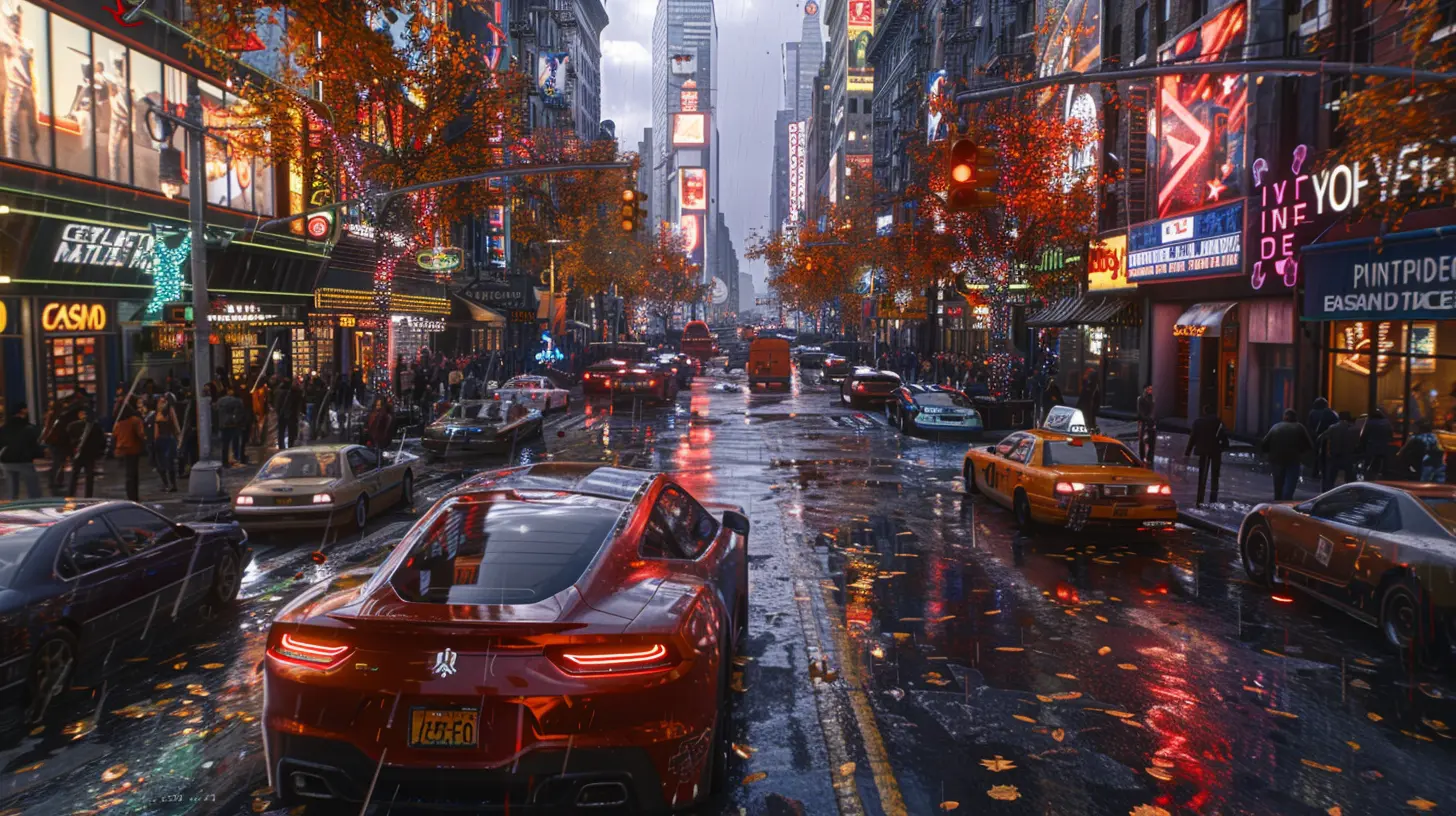
Technology Is Doing All the Heavy Lifting
Okay, first things first—technology is the backbone of all this magic. Over the years, advancements in hardware, software, and game engines have created a perfect storm for hyper-realistic cities. Remember how games used to look in the early 2000s? Blocky buildings, flat textures, and NPCs standing around like motionless mannequins? Yeah, those days are long gone.Modern game engines like Unreal Engine 5 and Unity have totally redefined what’s possible. They allow developers to render highly detailed environments with lifelike lighting, intricate textures, and insane levels of detail. The term "photorealism" isn't just a buzzword anymore—it's becoming the standard.
But it’s not just about looking good. These engines also make it easier to simulate complex systems, like traffic patterns, weather changes, and even tiny things like leaves blowing in the wind. Every little detail adds up to a city that feels more alive than ever before.
Artificial Intelligence: The Hidden Maestro Behind the Curtain
If technology is the stage, then artificial intelligence (AI) is the puppet master pulling the strings. AI has come a long way, and it’s playing a huge role in making open-world cities feel authentic.Take NPC behavior, for example. In older games, NPCs were laughably predictable. They’d either walk in a straight line, mumble the same two sentences, or just stand in place forever. Now? NPCs are practically living their own lives. They go to work, argue with each other, and sometimes even react to YOUR actions. It’s like stepping into a living, breathing organism.
AI also helps with environmental interactions. The world isn’t just a static backdrop anymore—it reacts to you. Knock over a trash can in the middle of the street? Expect a passerby NPC to give you a dirty look or even call you out for it. It’s these moments of subtle realism that make everything feel grounded.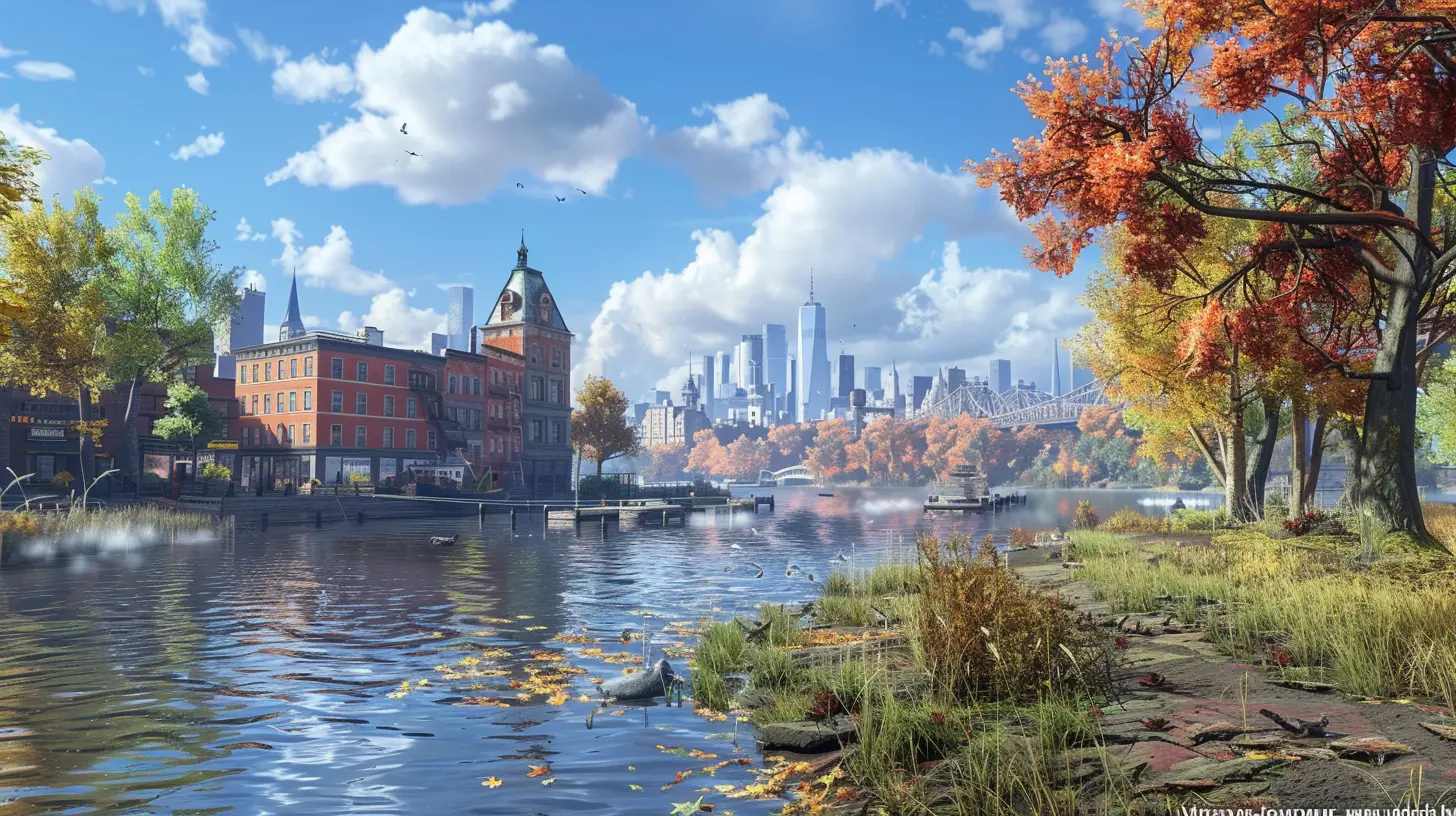
Developers Are Obsessed With Immersion
Let’s face it: gamers expect a lot these days. A generic open-world map with soulless environments just doesn’t cut it anymore. Developers know this, and they’ve become obsessed with creating immersive experiences that make you forget you’re playing a game.How do they do it? By focusing on the small stuff. In games like GTA V or Cyberpunk 2077, you’ll notice details like graffiti-covered alleyways, neon lights flickering above diners, and unique characters that populate each district. Even the sound design plays a part. Ever paused just to listen to the hustle and bustle of a crowded street? That auditory layer is part of what tricks your brain into believing the city is real.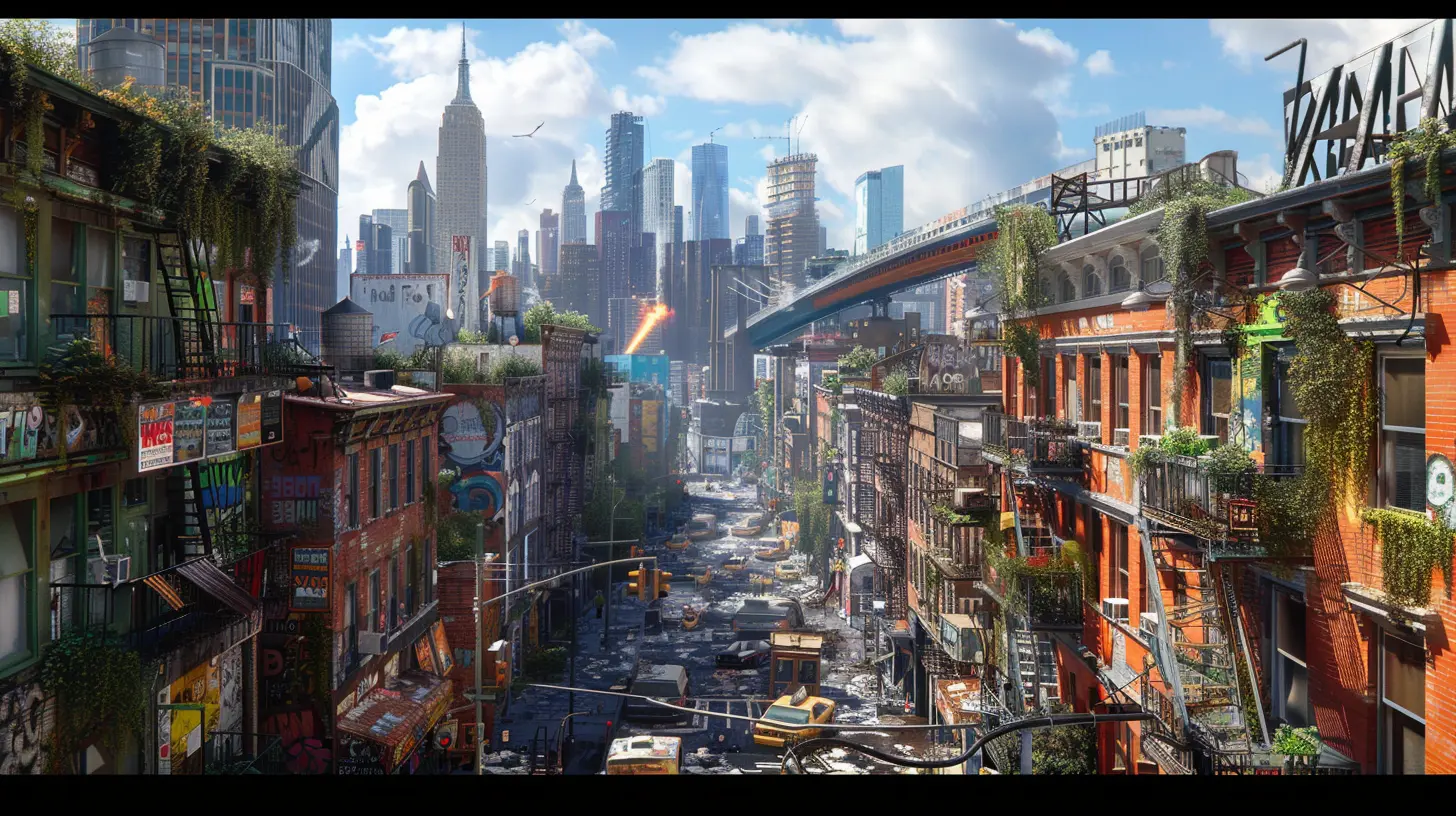
The Power of Procedural Generation
Here’s a fun buzzword for you: procedural generation. If you’re not familiar, it’s basically a way for developers to create massive, diverse environments without manually designing every single detail. Think of it as letting the game do some of the heavy lifting by using algorithms to generate terrain, buildings, or city layouts.Games like No Man’s Sky and Watch Dogs have used this technique to build expansive worlds without sacrificing uniqueness. This means that developers can focus their energy on other aspects of the game, like storytelling or gameplay mechanics, while still delivering a sprawling and lifelike city.
The Influence of Real-World Data
Remember when video games were just pure fantasy? While that’s still true for a lot of titles, some open-world games are rooted in reality more than you’d think. Thanks to real-world data—like GPS mappings, satellite imagery, and architectural blueprints—developers can recreate actual cities with shocking accuracy.Take Microsoft Flight Simulator, for instance. It uses real-world data to map out entire cities, down to individual streets and buildings. And even games that don’t aim for 100% realism, like Assassin’s Creed, still pull inspiration from real locations. The level of detail is so stunning that even locals sometimes can’t tell the difference!
Graphics Aren’t the Only Thing Improving
Sure, graphics get a lot of attention, but let’s not overlook other factors like physics and animations. A city doesn’t feel alive just because it looks good—it also has to act alive.Physics engines bring the world to life in ways that are both subtle and jaw-dropping. Ever driven through a rainstorm in a game and noticed how water splashes on your car or how the roads become slick? That’s physics at work. Or think about how objects like trash bins or crates react when you bump into them. It all contributes to a sense of realism.
And let’s not forget animations. NPCs don’t just awkwardly shuffle around anymore. Motion capture tech has made their movements so natural that it’s kinda creepy sometimes. Whether it’s the way someone gestures during a conversation or how they casually sip coffee at a sidewalk café, these small touches make a big difference.
Why Do We Crave Realism in Games?
At this point, you might be wondering, "Why do developers even bother making cities so lifelike? Isn’t it just extra work?" Honestly, it all comes down to immersion. The more lifelike the world, the easier it is for players to lose themselves in it.Think about it. When you’re exploring a city that feels alive—where pedestrians jaywalk, shopkeepers shout out deals, and street performers entertain crowds—it feels like YOU are part of something bigger. It’s not just a game anymore; it’s an experience.
Plus, to put it bluntly, it’s just fun. There’s something deeply satisfying about smashing through a virtual city that feels so believable. It’s like the ultimate sandbox to play in.
What’s Next for Open-World Cities?
So, where do we go from here? If today’s open-world cities are this realistic, what will they look like in the next 5 or 10 years? The possibilities are endless, but here are a few exciting trends to keep an eye on:- Virtual Reality (VR): Imagine walking through an open-world city in VR, where every detail feels even more immersive. It’s not far-fetched—games like Half-Life: Alyx have already shown us what’s possible.
- Deeper NPC Personalities: NPCs could soon have even more complex routines, personalities, and even memory systems. What if an NPC remembered you bumping into them earlier and treated you differently next time?
- Dynamic Environments: Environments could become even more reactive, with cities that grow, change, and adapt based on your actions. Think about entire neighborhoods evolving over the course of a game.
- AI-Powered Game Masters: Picture a digital game master that adapts the world in real-time to create personalized experiences for every player.
The future of open-world gaming is bright—and let’s be honest, a little overwhelming (but in the best way).
Final Thoughts
Open-world cities are no longer just pretty backdrops; they’re intricate, living ecosystems that feel more real with every passing year. From cutting-edge technology to obsessive attention to detail, developers are taking immersive gaming to levels we never thought possible. And honestly? We’re here for it.Whether you’re escaping into the neon-lit streets of a cyberpunk utopia or strolling through a meticulously crafted medieval town, one thing’s for sure: open-world cities will only keep getting better. So next time you’re lost in a game, take a moment to appreciate how far we’ve come—and brace yourself for where we’re headed.
all images in this post were generated using AI tools
Category:
Open World GamesAuthor:

Leif Coleman
Discussion
rate this article
4 comments
Zephyros Hughes
As technology advances, open world cities in games increasingly mirror real-life environments through enhanced graphics, AI-driven NPCs, and dynamic ecosystems. This evolution not only deepens immersion but also invites players to engage more meaningfully, blurring the lines between gaming and reality.
May 13, 2025 at 4:56 PM

Leif Coleman
Absolutely! The evolution of technology is indeed making open-world cities more immersive and realistic, enhancing player engagement and creating a more lifelike gaming experience.
Zephyrae McConkey
Realism enhances immersion, but risks monotony.
May 9, 2025 at 4:14 AM

Leif Coleman
I appreciate your insight! Balancing realism with engaging gameplay is key to maintaining immersion while avoiding monotony.
Samantha Ellison
Open world cities are evolving due to advancements in AI, graphics, and player-driven storytelling experiences.
May 7, 2025 at 4:32 PM

Leif Coleman
Absolutely! AI, enhanced graphics, and player-driven narratives are transforming open world cities into immersive, lifelike experiences, enriching gameplay and storytelling.
Reid Estes
Exciting to see open world cities evolve—immersive experiences are just beginning!
May 7, 2025 at 4:44 AM

Leif Coleman
Thank you! It's amazing to witness how technology enhances these experiences, making our virtual cities more vibrant and engaging.
